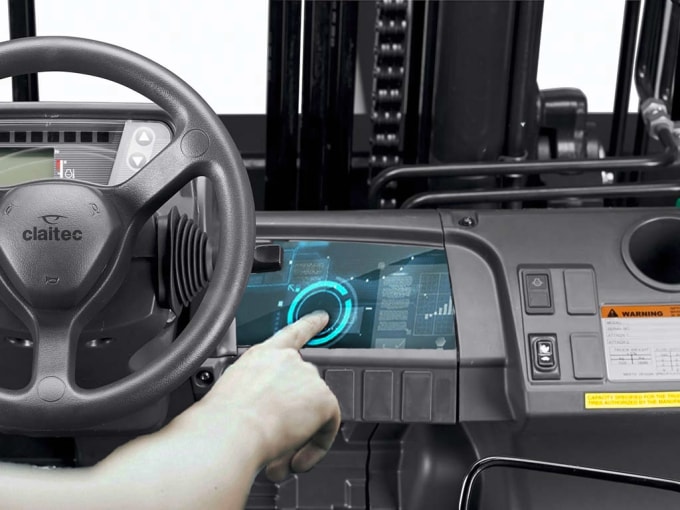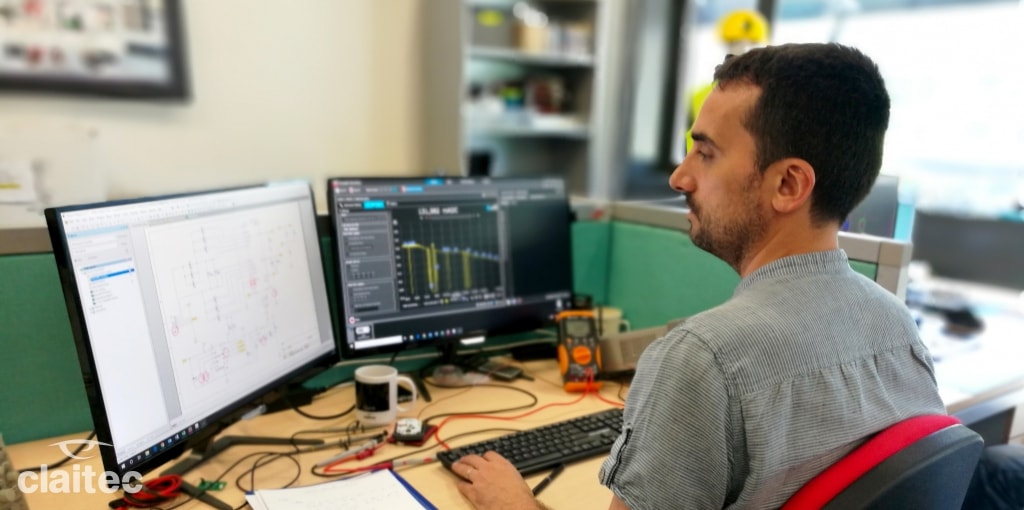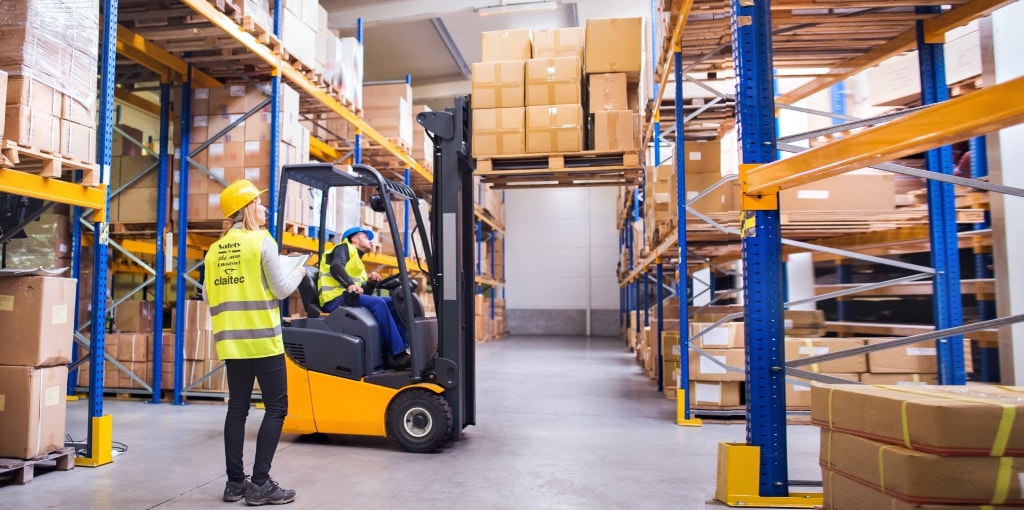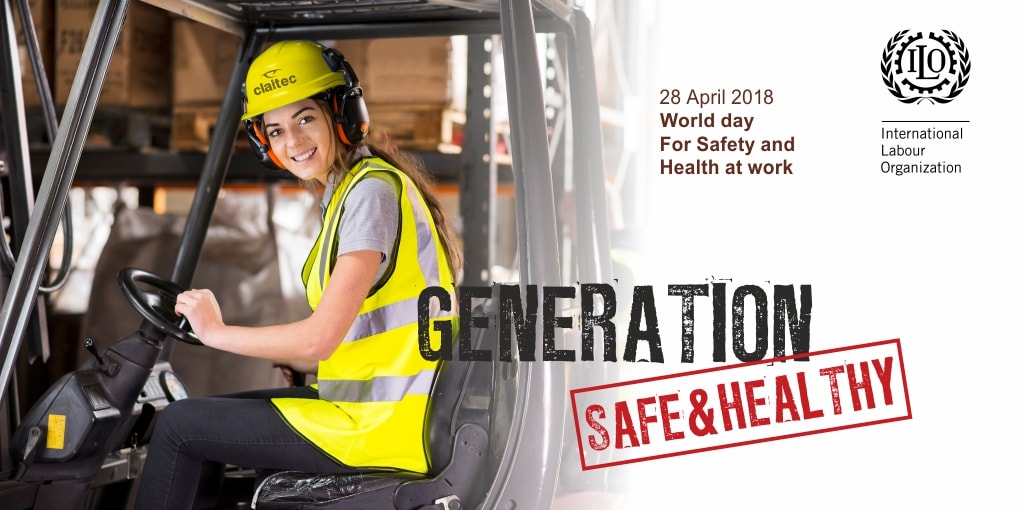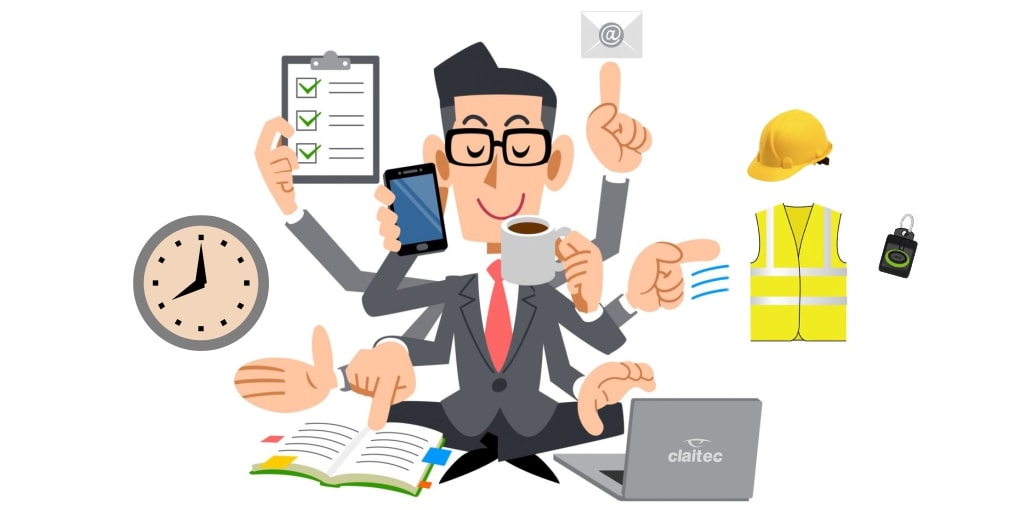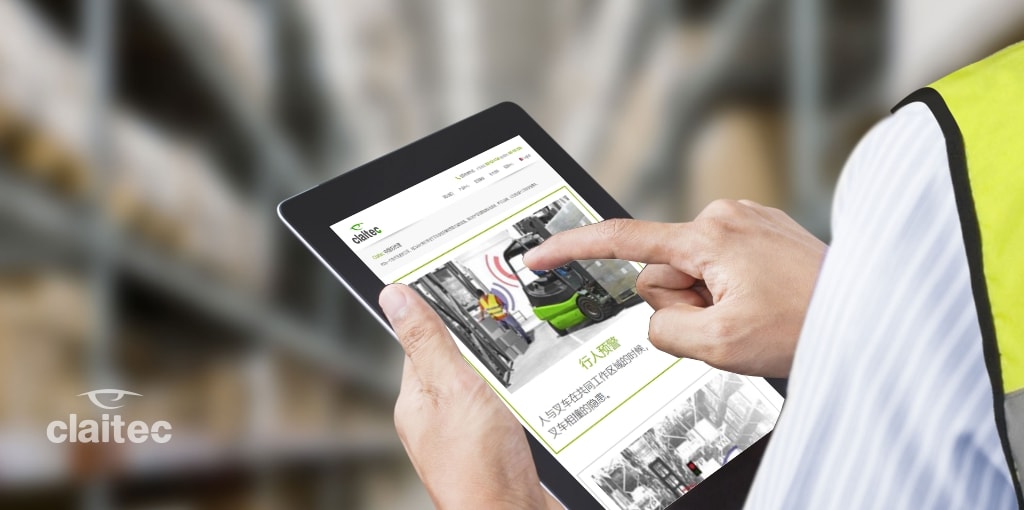Loading vehicles play a fundamental role in our daily industrial activity. However, when these circulate in areas where other workers are working or driving, they become a high risk factor that often ends up being a cause of serious work accidents. Today we’d like to share several basic tips to help minimise these risks and the impact of industrial vehicles on pedestrians.
1) Know your workspace traffic rules
Generally – as if circulating in any city – pedestrians have preference. Although it’s clear that several factors complicate this premise. That’s why it’s suggested that forklift drivers focus on observing the road along which the vehicle is moving, whether it’s forward or in reverse. The floors must be correctly signposted, but beyond that drivers – especially if they are new -, must learn to be alert to any traffic and around intense traffic areas and always follow previously established traffic norms.
2) Use mirrors as safety measure
Mirrors are very effective if used as an extra measure of precaution in our work spaces and areas of high intensity traffic in industries. Concave mirrors, which are usually used at the exit of garages and parking lots, can also be very effective for the purpose of checking the entire angle of manoeuvre in spaces such as tanks, ports, terminals, etc. They are a great ally to deal with blind spots when manoeuvrering, plus they are very affordable and easy to install.
3) Clear maximum speed parameters
While this is nothing new our experience reminds us that this is a topic we must insist on: it is very important that very clear maximum speeds are located in every vehicle circulation area, and these must be respected. At a high speed, it will be more difficult for the driver to detect a blind manoeuvring point, and the chances of an accident happening will increase. Not to mention that the damage caused by an impact at speeds above the established are also bigger than those generated by an impact at a controlled or reduced speed.
4) Make the most of “an extra pair of eyes”
It is much easier and more likely to avoid a blind spot accident if we use devices designed to warn us about the close presence of pedestrians near a moving forklift. With this type of tools, the driver can focus on manoeuvring, while the device will assist him or her to warn them of someone’s proximity.
Claitec offers different solutions that will allow you to improve the safety standards of your industry. The PAS Solution, for instance, will allow you to minimise the risk of accidents between forklifts and pedestrians in common work areas.
Are you keen to find out more about this or any other of the solutions we offer?
Don’t hesitate to contact us at: https://claitec.com/en/contact/

